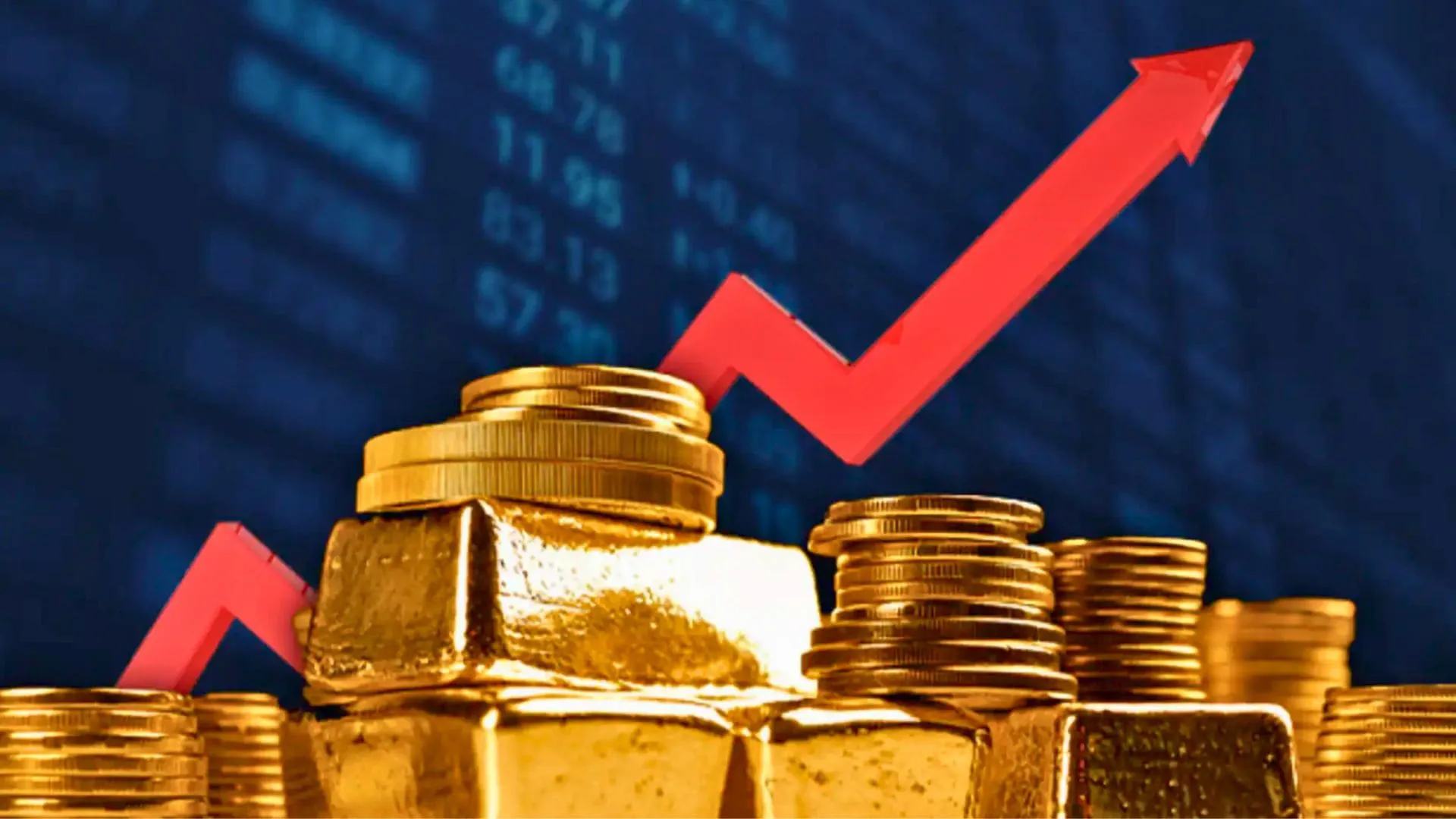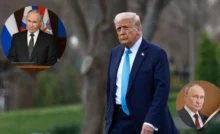Gold prices soared to an all-time high on Friday as concerns over U.S. President Donald Trump’s latest tariff plans sparked fears of a global trade war. Investors turned to the precious metal as a safe-haven asset, pushing spot gold up 0.6% to $3,073.79 an ounce. Earlier in the session, it hit a record $3,077.44. U.S. gold futures also gained 0.8% to $3,083.60. With rising geopolitical risks, potential interest rate cuts, and inflation worries, it continues to be a preferred hedge against uncertainty.
Economic and Market Uncertainty Drives Gold Surge
Gold has been on a strong upward trend, gaining 1.7% this week. Market analysts attribute the surge to several factors, including trade tensions, fiscal policy shifts, and slowing economic growth. It has also been noted that gold is benefiting from multiple global concerns, with $3,100 per ounce seen as the next milestone.
Donald Trump’s tariff plans have amplified fears of a deepening trade war. Canadian Prime Minister Mark Carney warned of retaliatory trade measures if new auto tariffs are imposed. These uncertainties have led to stock market volatility, further driving investors towards gold as a stable asset. The next round of reciprocal tariffs set to take effect on April 2 could stoke inflation, slow economic growth, and exacerbate trade disputes. According to BMI analysts, gold prices will likely remain bullish due to ongoing policy uncertainty, military conflicts, and macroeconomic risks.
Federal Reserve Policy and Precious Metals Outlook
Richmond Federal Reserve President Tom Barkin stated that the current “moderately restrictive” monetary policy remains appropriate given the high levels of economic uncertainty. The Fed’s recent decision to hold its benchmark rate steady has also influenced its prices. Markets are now awaiting the U.S. Personal Consumption Expenditures data, which could shape expectations for future rate cuts.
While gold dominated the headlines, other precious metals saw mixed movements. Spot silver fell 0.3% to $34.31 an ounce. Platinum edged up 0.3% to $988.45, while palladium rose 0.1% to $976.50. These metals remain sensitive to economic trends and industrial demand.
Gold’s record surge highlights the increasing economic and geopolitical uncertainty worldwide. With trade tensions escalating, inflation fears mounting, and central banks continuing to buy gold, the precious metal remains a key asset for investors seeking stability. As the global landscape remains uncertain, all eyes will be on future trade policies, central bank decisions, and economic indicators shaping the next move in gold prices.









